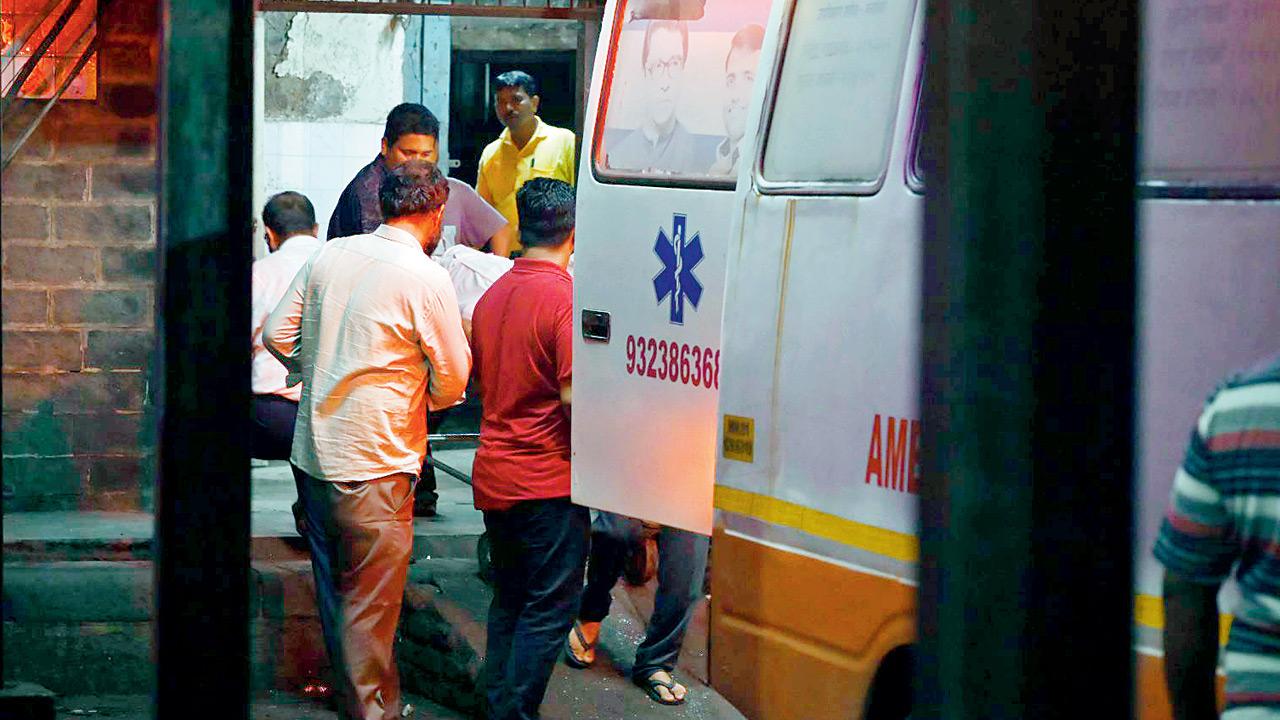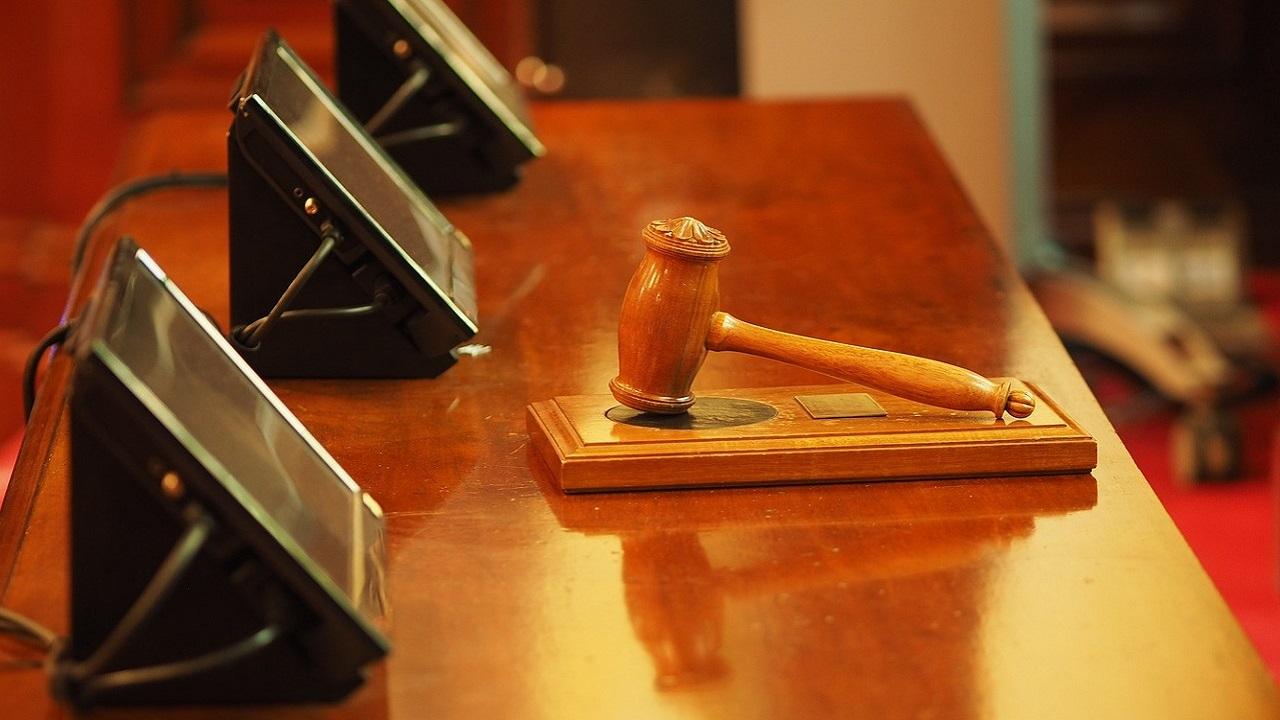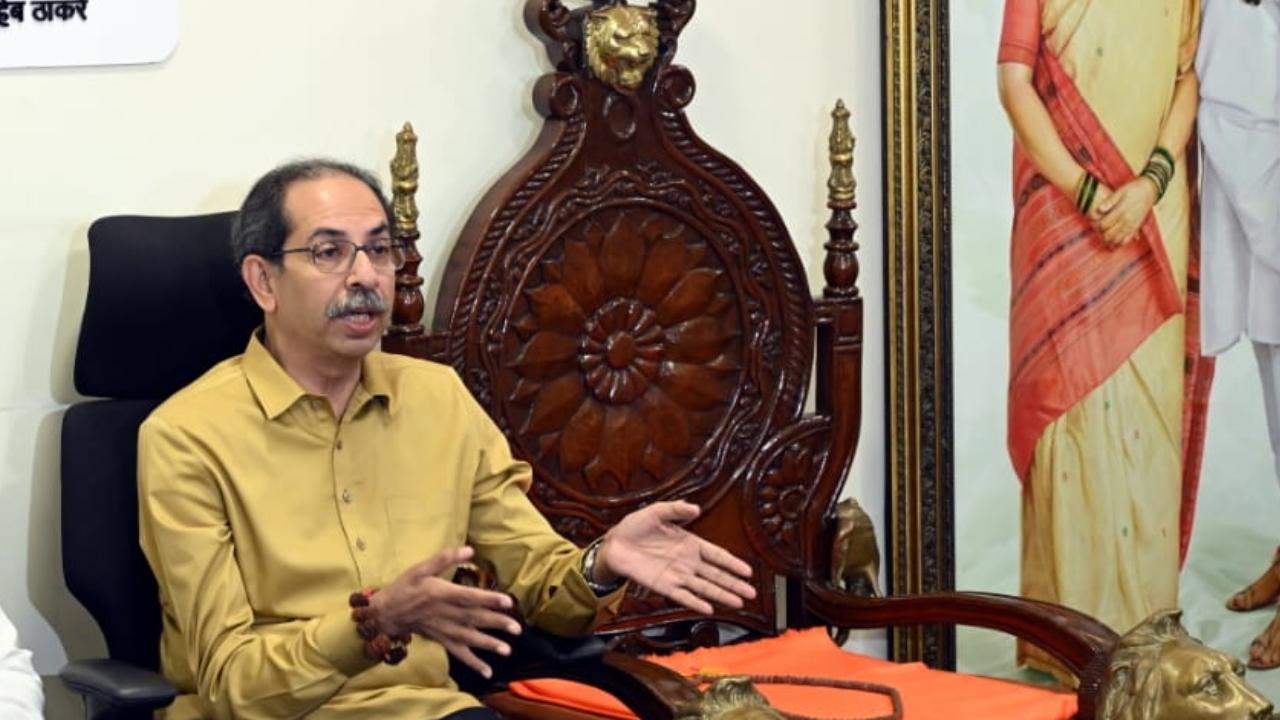A single gunshot that entered the chest and exited through the back caused fatal haemorrhagic shock, killing Rohit Arya instantly, forensic experts at JJ Hospital confirmed on Friday evening. Autopsy surgeons provisionally certified the firearm injury as the cause of death, but forensic experts say the real test now lies in tracing the fired bullet and empty cartridge from the crime scene for ballistic analysis — crucial to scientifically confirm the weapon used, firing distance, and angle of impact.
“The trajectory, entry and exit points, and recovery of the bullet will reveal whether the shot was fired from the identified weapon or another,” said a senior forensic officer. “Even the alleged air gun found near Arya should be sent for ballistic testing to confirm its authenticity, make, and function.”
A two-member panel from the Department of Forensic Medicine and Toxicology, Grant Medical College and JJ Hospital, conducted the post-mortem at 7 pm on Friday, which lasted nearly two hours. The body was handed over to Arya’s relatives by 10 pm.
Rohit Arya
Forensic findings revealed a clear entry wound on the chest and an exit wound on the back. The cause of death was listed as “haemorrhage and shock due to firearm injury.”
Samples from the body, including hand wash for gunshot residue (GSR) and viscera, were preserved for further testing at the State Forensic Science Laboratory (FSL), Kalina. The autopsy was video recorded and photographed, and the final report will follow once the FSL analysis is complete.
‘Bullet remnants are key’
Experts stress that finding the bullet and empty cartridge cases is vital to establish a complete forensic chain. “The remnants at the scene are the master key,” said Amol Deshmukh, faculty member at the State Institute of Forensic Science, Mumbai.
“Ballistic reconstruction helps determine the shooting position, weapon used, and even the shooter’s identity. Every bullet leaves a unique striation pattern — like a fingerprint — that can identify the weapon,” he said. Deshmukh added that gunshot residue from the weapon, target, and shooter’s hands will further confirm who fired the gun and from what distance.
Deceased’s clothes crucial
A former ballistic expert said, “The deceased’s clothes are crucial for ballistic analysis, as they help confirm the presence of a bullet hole and determine whether it was caused by a firearm. Gunshot residue (GSR) found around the hole can also help establish the distance between the shooter and the target — whether the shot was fired from within the powder range (close range) or beyond. Therefore, the police must preserve all clothing for ballistic examination.”
Crime Branch steps in
While the case remains registered at Powai police station, the Mumbai Crime Branch has taken over the investigation. “Two of our units are handling the case,” confirmed Joint Commissioner (Crime) Lakhmi Gautam. “Unit 8 is investigating the accidental death case, while Unit 2 is probing the abduction and attempt to murder case against Arya.”
Case likely to be abated
Legal experts say the case will now close formally unless challenged in court.
“As the accused is dead, the case will be abated after submission of findings to the magistrate,” said Advocate Dinesh Tiwari. “However, Arya’s next of kin may still challenge the police action before a higher court,” he concluded.











